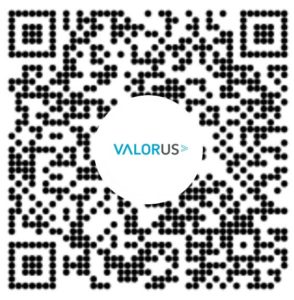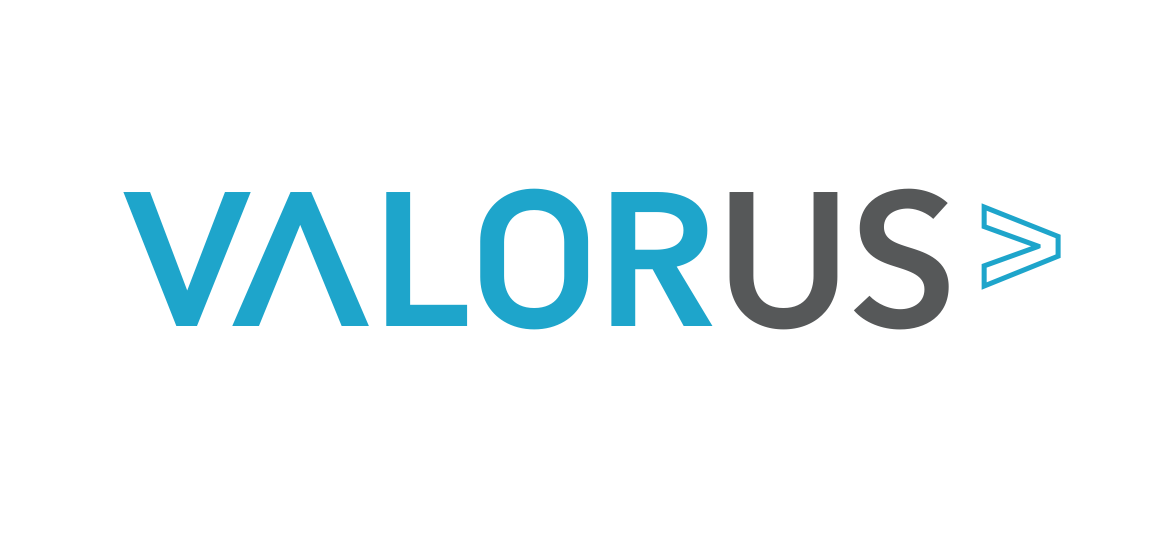Written by: Jessie Towne-Cardenas, CALCASA Consultant with Arboreta Group
Meetings! Meetings! Meetings! We have all seen the memes about meetings that could have been emails and that feels even more relevant now that many of us have adapted to working
virtually. We’ve all experienced the ways that people check out (in-person or on zoom) during the endless meeting updates. And yet, meetings remain vital to our work. They offer a place for people to come together to build community and work toward shared goals. Given how important and often meetings are, it’s surprising how little training and guidance we receive in our careers about how to effectively facilitate and participate in meetings.
The principles and practices of Facilitative Leadership for Social Change provide a good match for our field both in the virtual work world while we make adjustments for COVID-19 restrictions and as move back into our offices and community spaces. No matter how far you are in your career or how many meetings you’ve facilitated it’s always good to continue your learning and update these skills. The first and most important reminder is to put time into preparation for the meeting! To do this, there are several important questions to consider. What’s the purpose of the meeting? What do we need to accomplish together? Do we have enough time to cover each item? Is there time for some brief connection between the people at the meeting?
Kiara Nagel, Creative Strategist and Associate of the Interaction Institute for Social Change (ILSC), encourages facilitators to “prep with love” because as a facilitator our role is to make accomplishing the task easier. At this particular time, it’s also important to think through what platform to use for your time together. Our time on screens and on camera is magnified and uses a lot of extra energy. Zoom fatigue is real! If you can, use the phone or don’t require people to be on screens if it’s not necessary.
Whether for a staff meeting or a training, paying careful attention to your agenda, giving time for opening and closing, allocating time frames for agenda items and structuring them as outcomes rather than tasks, can lead to much more fulfilling and productive meetings. Send your agenda out ahead of time so the group knows what to expect and can think ahead about each item. ILSC calls this the “agenda sandwich.” The opening and closing are the bread and the agenda outcomes are the cheese/veggies/fixins’. For example, you may have an hour-long staff meeting each week and decide that it takes 15 minutes at the beginning for everyone to say hello and settle in and you always do a ten-minute closeout reflection. That means you have 35 minutes for your agenda items/outcomes. Strategize what you can reasonably accomplish in that amount of time. You may not have time to decide everything, review everything, complete everything, etc., so think about what you need to do to move things forward and prioritize. Structuring agenda items as outcomes makes it clear what the group needs to accomplish and setting time boundaries keeps the group on task. For example, your agenda might look like this:
Roundtable Welcome – 15 mins
Agenda Items – 35 mins
- Review draft budget, answer questions, and get feedback for final budget – 15 mins
- Establish next steps for outreach plan to teachers – 10 mins
- Approve social media plan for SAAM – 10 mins
Closing Reflection – 10 mins
Often in our work we strive to build consensus and make shared decisions as we move toward our goals. Including all stakeholders in the process is ideal and in order to do this in the most efficient way we must consider time, who the decision will affect the most, and what information and tools people need to make a decision. According to IISC, consensus is not a majority vote, compromise, or a win/lose situation, but rather a win/win where everyone is heard and can actively support the direction forward. As we’re examining problems and solutions, it’s important to go beyond the surface and individuals and pay attention to systems at play and how they will challenge or support the solution. Remember the iceberg metaphor; what you see on the surface pales in comparison to what is underneath the surface.
Once we have successfully defined where we are and where we want to be, we must plan how to get there. Using a structured work plan that clearly defines, the goal, activities, timeline, and person responsible for each task is important for guiding implementation and holding people and organizations accountable to the goals. Finally, IISC reminds us that success is measured in different ways. It’s often in the results, but it’s also in the process and relationships. Sometimes we may not get the results we wanted but success can also be found in building trust among your team, building relationships and trust in communities, bringing important stakeholders to the table, and finding processes that work.
Look for Kiara’s article Seven Tips for Managing Virtual Meetings with Care.


